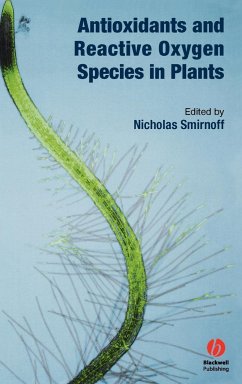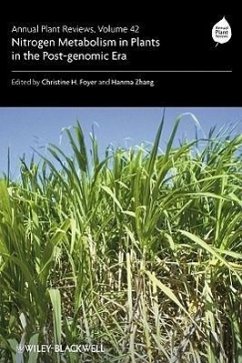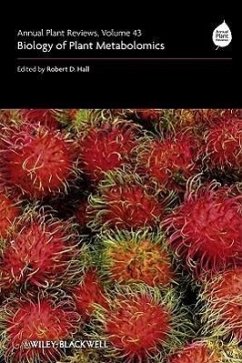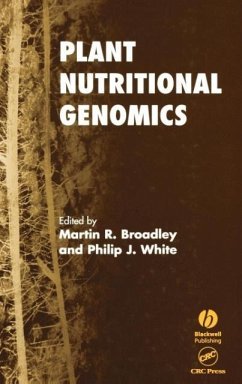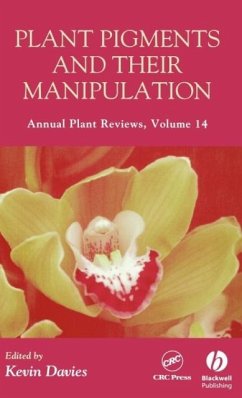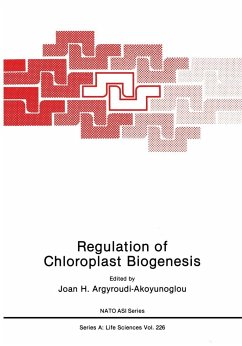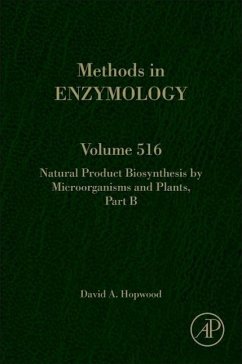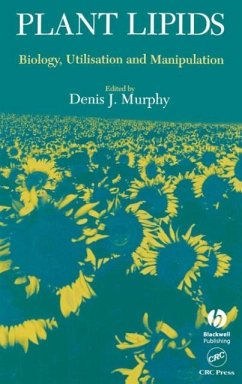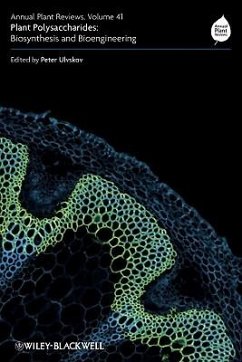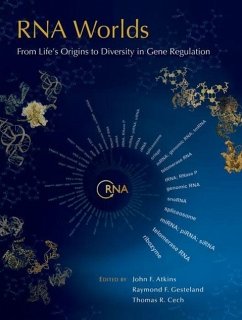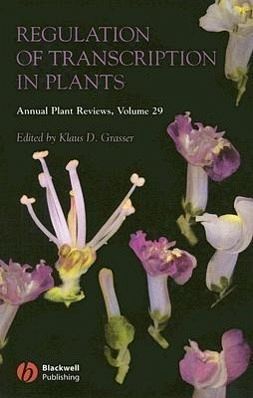
Regulation of Transcription in Plants

PAYBACK Punkte
120 °P sammeln!
Regulation of transcription represents a major, controlling step in plant gene expression, as it determines the tissue-specific and developmental stage-specific activity of many genes. Changes in gene expression have been shown to underlie the responses to environmental cues and stresses, the response against pathogens, the regulation of metabolic pathways, and the regulation of photosynthesis, for example. Regulation by transcription factors is an integral part of a highly complex network. In recent years, research on the regulation of transcription has made impressive progress. This volume p...
Regulation of transcription represents a major, controlling step in plant gene expression, as it determines the tissue-specific and developmental stage-specific activity of many genes. Changes in gene expression have been shown to underlie the responses to environmental cues and stresses, the response against pathogens, the regulation of metabolic pathways, and the regulation of photosynthesis, for example. Regulation by transcription factors is an integral part of a highly complex network. In recent years, research on the regulation of transcription has made impressive progress. This volume provides a broad overview of the regulation of transcription in plants, introducing the key elements, the way in which it works in practice, and the potential within plant biotechnology. It is directed at researchers and professionals in plant molecular biology, biochemistry and biotechnology.



